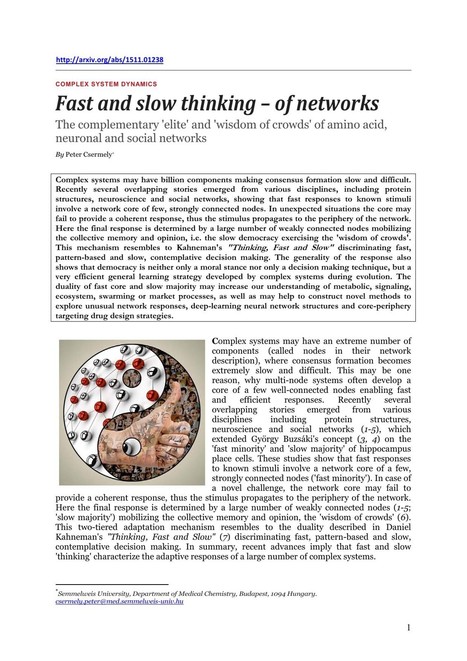Via Steve Wilhite
Research and publish the best content.
Get Started for FREE
Sign up with Facebook Sign up with X
I don't have a Facebook or a X account
Already have an account: Login
 Your new post is loading... Your new post is loading...
 Your new post is loading... Your new post is loading...

Leadership Learning Community's curator insight,
January 23, 2015 11:31 AM
Visualizes complex systems and networks in a powerful way, brings clarity and a much deeper understanding to very abstract concepts 
Jamie Billingham's curator insight,
February 25, 2015 12:24 AM
Learning and the education system(s) are incredibly complex.
|

Complexity Digest's curator insight,
November 18, 2015 6:13 PM
See Also: http://networkdecisions.linkgroup.hu 
António F Fonseca's curator insight,
November 23, 2015 3:30 AM
Interesting paper about fast cores and slow periphery, conflict in the elite vs democratic consensus. 
Marcelo Errera's curator insight,
November 24, 2015 11:32 AM
Yes, there must be few fasts and many slows. It's been predicted by CL in many instances.
http://www.researchgate.net/publication/273527384_Constructal_Law_Optimization_as_Design_Evolution |











